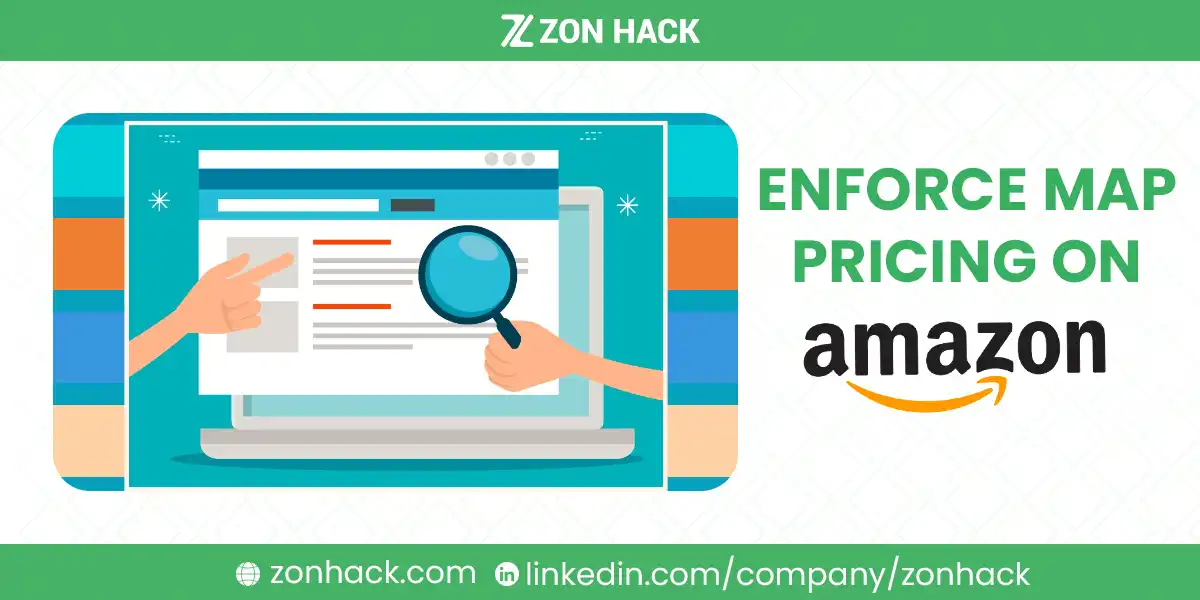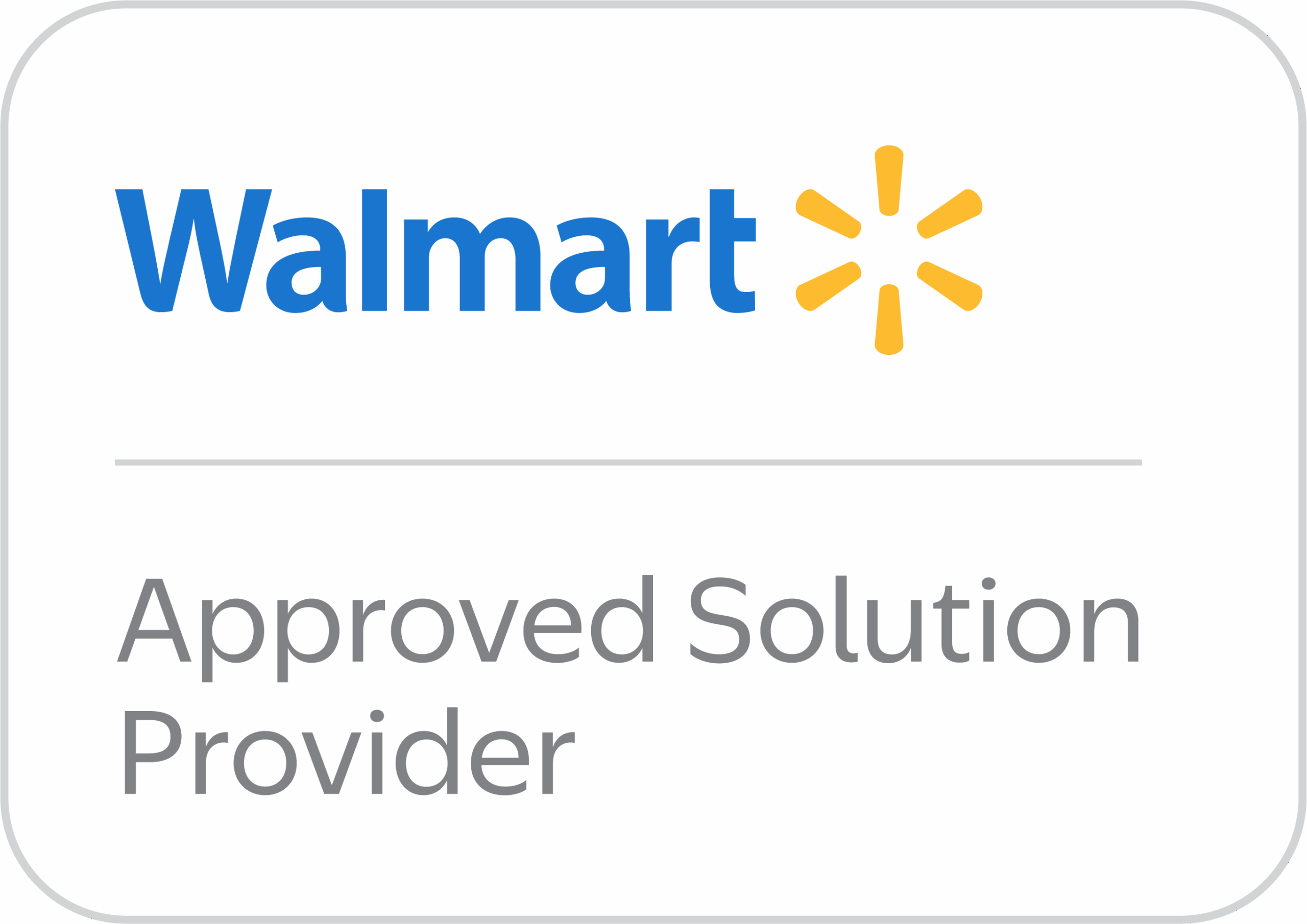Enforcing MAP (Minimum Advertised Price) pricing on Amazon can be a complex task, but it is crucial for maintaining brand integrity and ensuring that retailers do not erode your product’s value through discounts that fall below acceptable levels. Without a solid MAP policy, your brand risks losing its market position, profit margins, and customer trust, especially on competitive platforms like Amazon, where third-party sellers often try to undercut prices to gain an edge.
Amazon itself does not actively enforce MAP pricing, making it the brand’s responsibility to monitor and maintain these pricing standards. But what is the best way to create and enforce an effective MAP pricing policy on Amazon? Let’s dive into the details.
What Is MAP Pricing and Why Is It Important for Brands?
MAP (Minimum Advertised Price) is the lowest price that a retailer is allowed to advertise a product for sale. It differs from MSRP (Manufacturer’s Suggested Retail Price) in that while MSRP is a recommendation, MAP sets a strict limit that retailers agree not to go below. MAP doesn’t necessarily restrict the price at which the retailer can sell the product, but rather the price that can be advertised to customers.
The importance of MAP pricing cannot be overstated. For brands, MAP helps:
- Maintain pricing consistency across different sales channels.
- Protect profit margins by preventing price erosion.
- Support fair competition among retailers, preventing them from undercutting one another.
- Maintain a premium brand image, which is vital in markets where brand perception is key to customer loyalty.
However, enforcing MAP pricing on Amazon presents significant challenges. Amazon’s business model prioritizes lower prices for consumers, often through third-party sellers who may not adhere to your MAP policy. Without enforcement, these violations can undermine the long-term health of your brand.
How Does Amazon’s Approach to MAP Pricing Affect Brands?
Unlike some platforms, Amazon does not actively police MAP violations. Brands are responsible for monitoring pricing across the marketplace and taking appropriate action when necessary. This hands-off approach by Amazon leaves a significant burden on brands, especially since third-party sellers often make it difficult to trace the origins of price cuts.
Without a clear MAP enforcement strategy, brands risk a downward spiral of prices, where one retailer lowers their price, and others quickly follow, eroding both the perceived value and profitability of your products.
In extreme cases, if brands fail to enforce MAP, they may see:
- Diminished brand value, as customers associate lower prices with lower quality.
- Price wars between retailers, driving profits lower.
- Disruption of authorized retailer relationships, as they struggle to compete with rogue sellers.
How Can You Create an Effective MAP Pricing Policy?
To enforce MAP pricing effectively, brands first need a strong and well-documented MAP policy. This policy should be clear, concise, and consistently applied across all retailers.
A successful MAP policy includes:
- Specific product coverage: Clearly list which products or product categories are subject to MAP.
- Price limits: Define the minimum advertised price, factoring in market conditions, competitor pricing, and production costs to set prices that are both competitive and profitable.
- Penalties for violations: Specify the consequences for retailers who violate MAP policies, such as warnings, loss of promotional support, or termination of distribution rights.
Brands should avoid the common pitfalls of MAP policy creation, such as:
- Setting prices too high or too low, which either discourages sales or damages brand value.
- Inconsistent enforcement, which makes the policy ineffective.
What Are the Best Ways to Communicate and Enforce MAP Pricing on Amazon?
Effective communication is the first step in enforcing your MAP policy. Brands must ensure that all retailers, especially authorized sellers on Amazon, are well-informed about the MAP guidelines. This includes not only notifying them of the policy but also providing regular updates and maintaining an open line of communication for questions or concerns.
To enforce MAP on Amazon, brands need to monitor prices rigorously. Several tools and technologies can help with this:
- Automated pricing monitors can scan Amazon for any advertised prices that violate your MAP policy.
- Third-party monitoring services provide real-time updates and alerts when violations occur across multiple platforms.
Another critical tool is Amazon’s Brand Registry program. This allows brands more control over their listings and makes it easier to report violations. However, enforcement through Amazon remains limited, as they prioritize their competitive pricing model.
For more direct enforcement, brands can send cease-and-desist letters to retailers or, in extreme cases, pursue legal action. It is important to treat unauthorized sellers differently from authorized retailers. For unauthorized sellers, brands can escalate enforcement by using tactics such as serializing products, which makes it easier to track and take down non-compliant listings.
What Are the Best Practices for Consistent MAP Enforcement?
Consistency is key in enforcing MAP pricing. Brands that fail to consistently address violations risk undermining their entire policy. One way to ensure consistency is by building strong relationships with authorized retailers. By working together to support the MAP policy, brands and retailers can protect the long-term value of their products.
In competitive markets, brands must also stay updated on new enforcement strategies. This includes keeping an eye on new price monitoring technologies, understanding the evolving marketplace, and adjusting the MAP policy when necessary to keep it effective.
What Are Some Case Studies or Examples of Successful MAP Enforcement?
There are several examples of brands that have successfully enforced MAP pricing on Amazon. For instance, XYZ Electronics, a high-end electronics brand, implemented a strict MAP policy that helped maintain premium pricing across multiple platforms. By using automated pricing tools and consistently enforcing violations, they were able to prevent third-party sellers from eroding their pricing, which ultimately improved their profit margins by 15% over two years.
On the other hand, brands that have failed to enforce MAP have faced significant challenges. One such example is Brand ABC, which saw a 30% drop in sales when unauthorized sellers on Amazon began offering products at deep discounts, forcing authorized retailers to do the same to stay competitive. The failure to enforce MAP led to brand devaluation and loss of control over pricing.
What Are the Legal Considerations for Enforcing MAP Pricing?
MAP pricing enforcement often raises legal concerns, especially around antitrust laws. In the U.S., while MAP policies are legal, they must be carefully crafted to avoid any impression of price fixing, which could violate antitrust regulations.
It’s important to consult legal experts when developing and enforcing a MAP policy, particularly if you plan to escalate violations to litigation. In international markets, legal restrictions may differ, so brands should tailor their approach accordingly.
Summing Up
Enforcing MAP pricing on Amazon requires a well-structured policy, consistent monitoring, and effective communication with retailers. Brands that take a proactive approach, using both technological and legal tools, can prevent price erosion and protect their brand’s long-term value.
The key is consistent enforcement, maintaining open relationships with authorized sellers, and staying vigilant for violations. By following these steps, brands can effectively enforce MAP pricing on Amazon and retain control over their pricing strategy and brand perception.
FAQs
What is the difference between MAP pricing and MSRP?
MAP (Minimum Advertised Price) sets the lowest price a retailer can advertise, while MSRP (Manufacturer’s Suggested Retail Price) is the price manufacturers recommend retailers sell products for.
Can Amazon enforce MAP pricing?
No, Amazon does not enforce MAP pricing directly. Brands are responsible for monitoring and enforcing their own MAP policies.
What should I do if a third-party seller violates my MAP policy?
You can send a cease-and-desist letter, utilize Amazon’s Brand Registry for reporting, or consider taking legal action for repeat violations.
Is MAP pricing legal?
Yes, MAP pricing is legal in the U.S. as long as it is not perceived as price-fixing, which would violate antitrust laws.




